Real Talk with Mike Gunton
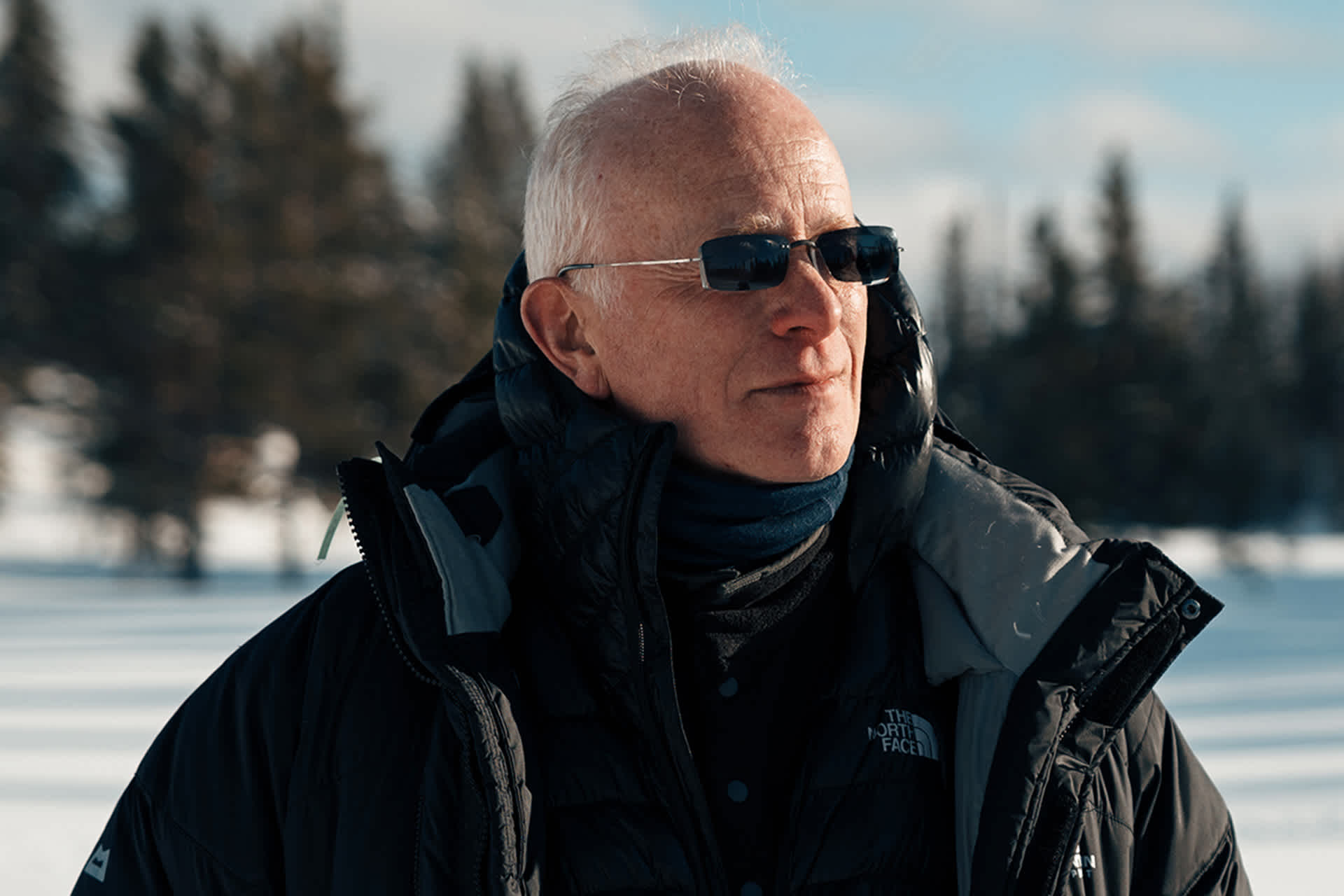
Mike Gunton has a front-row seat to the wonders of nature. As creative director of the Natural History Unit for BBC Studios, Gunton makes documentaries, including the award-winning series Planet Earth II and Dynasties, a series on animal behavior. TFK Kid Reporter Rudrh Nair interviewed Gunton about his job. Read their conversation, and enjoy these animal images from Gunton’s new project, The Americas, which premieres February 23 on NBC.
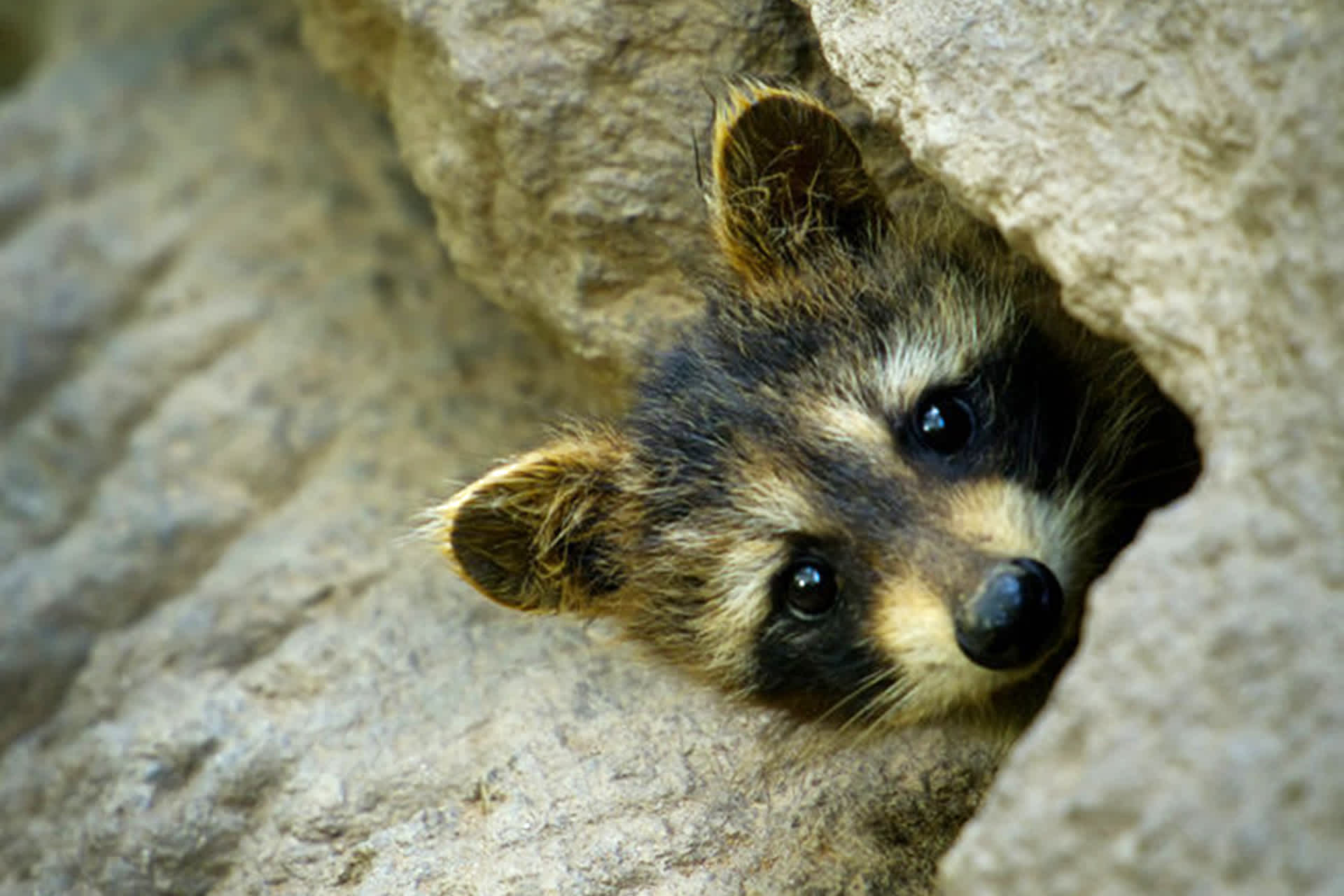
What does it mean to be a producer?
It partly depends on what area of filmmaking you’re in. In documentary, the producer is both the director and the person who puts the film together. It’s shorthand for the filmmaker: the person responsible for the shooting, storytelling, editing, and actually putting the thing on the air. So they’re the person whose film it is.
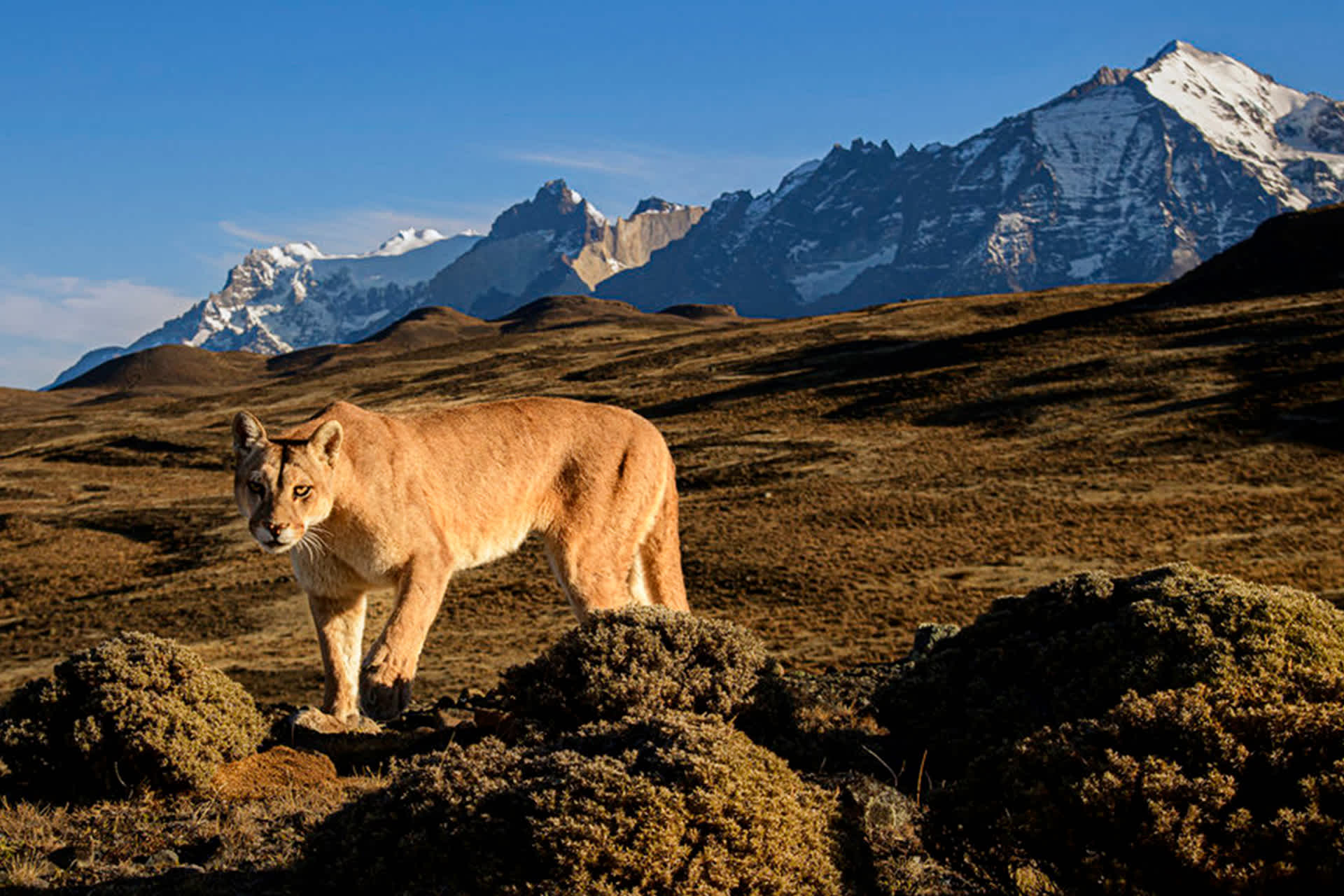
What character traits should a producer have?
You’re trying to make a sequence or a film as good as it can be, so the real skill is being able to filter out which idea is the one you want to go with. You have to be decisive, you have to be fair, you have to be open-minded.
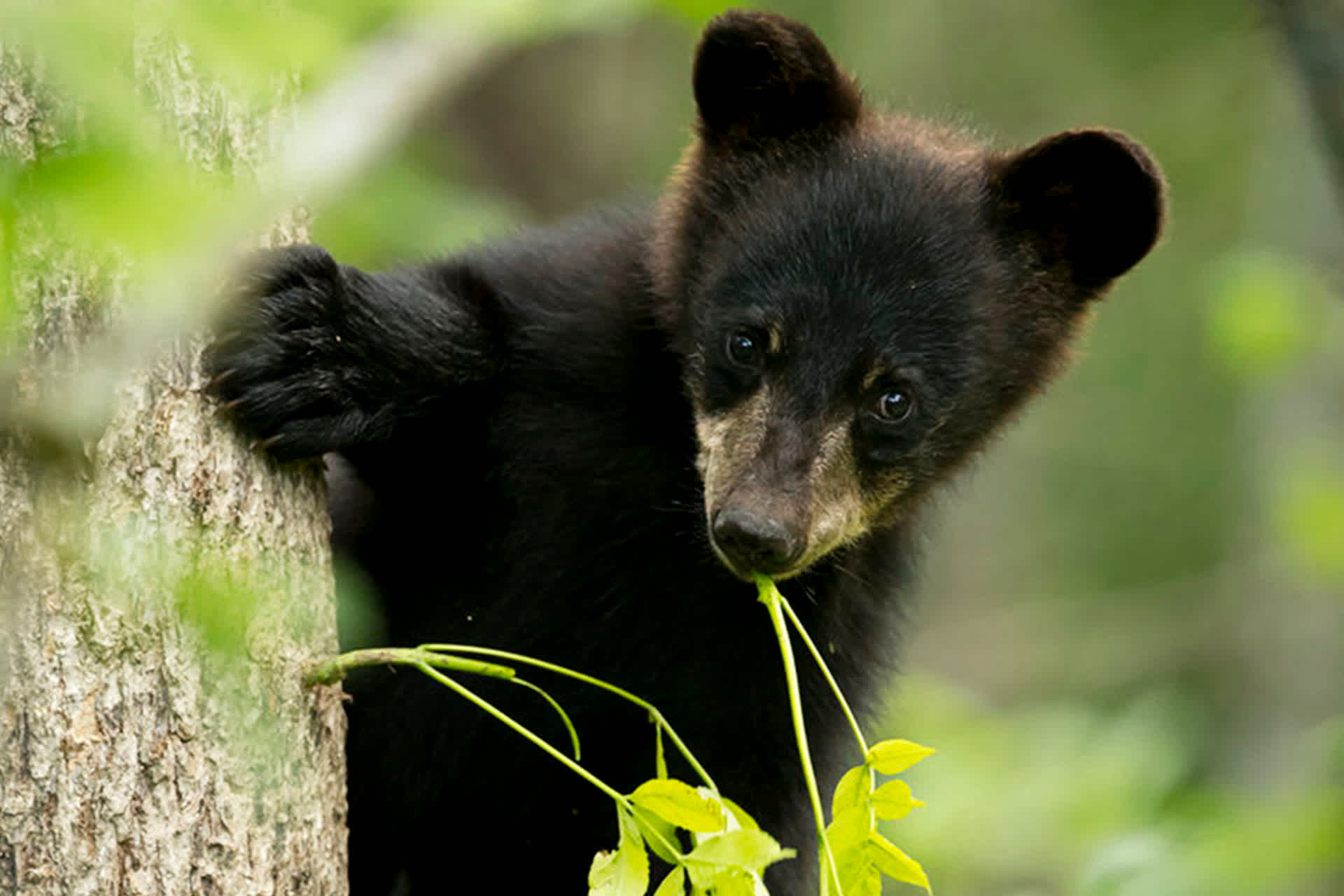
How do your projects differ?
I don’t want to just do the same thing but just translate it to a different place. For example, an Africa film needs to represent and reflect the personality, the nature of Africa. And then, when you go to America, you have to do the same thing: How can I reflect the nature of America? Is it the style of photography? The storytelling, the locations, the format—all these things allow you to freshen up the approach. I think audiences want to be surprised. They want to see new things.
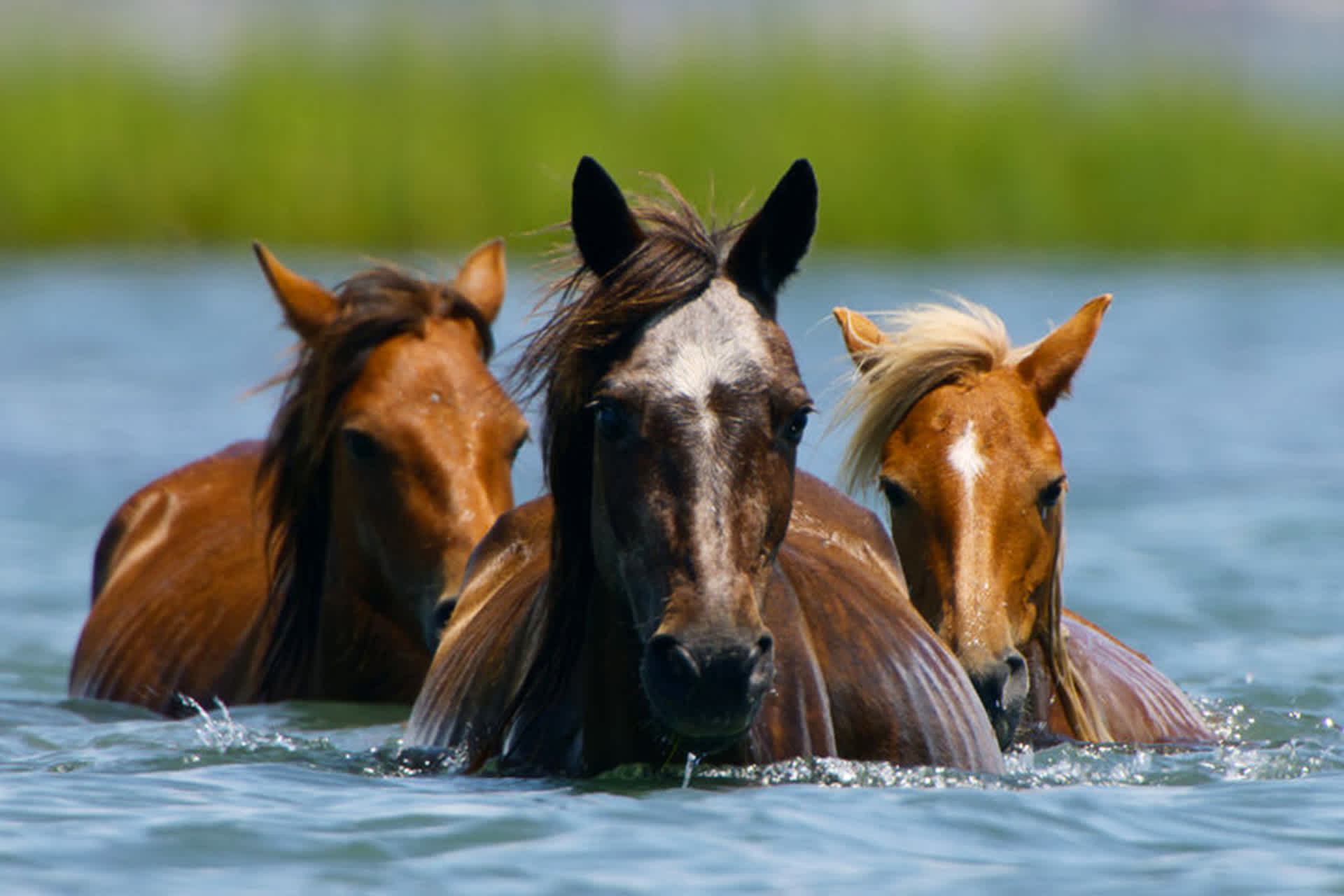
How do you resolve problems during a project?
Any of these big projects are full of problems. They’re, logistically, incredibly challenging. [For The Americas,] we did about 180 different filming expeditions. There are hundreds of things that you have to think about before you even set off, and then once you get there, things can throw you, so you have to have flexibility. It’s a lot of pressure, so you have to be able to cope with that pressure and think imaginatively. For example, let’s say that the weather’s changed, and certain animals haven’t turned up. “But hold on, look at that animal over there! What’s it doing? Let’s tell a story about that.” Sometimes, those end up being the best stories.
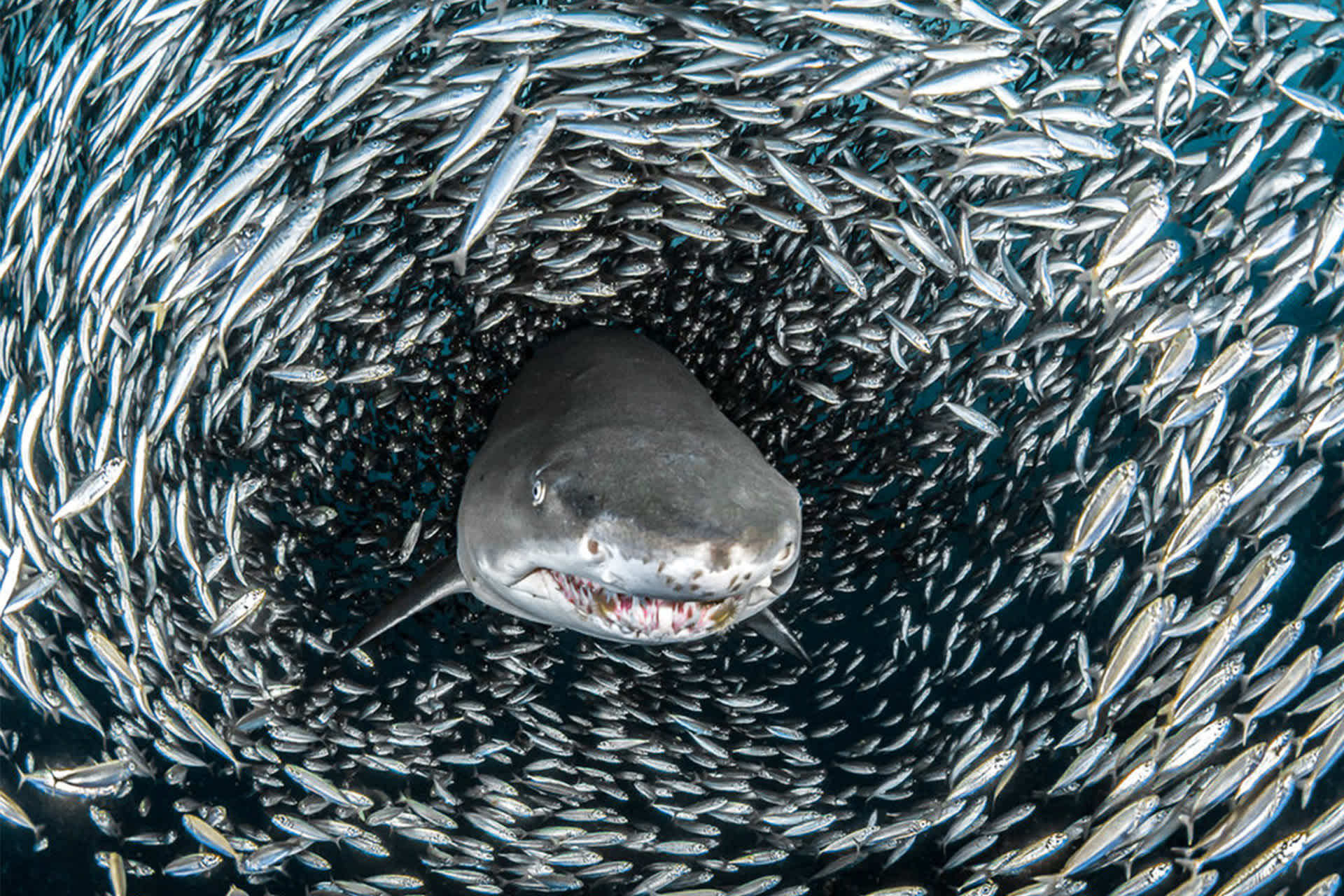
This interview has been edited for length and clarity.

